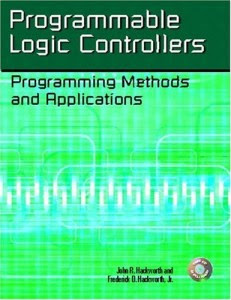Popular among both novice and experienced AutoCAD users, this comprehensive book begins with an overview of the basics of AutoCAD, such as creating drawings, using commands, and specifying coordinates. Coverage becomes more in-depth as each chapter builds off the previous one, with discussions of 2D and 3D drawing techniques, using layers, creating dimensions, 3D coordinates, and rendering. You ll learn to customize commands and toolbars; program AutoCAD using AutoLISP and VBA; and review AutoCAD LT. A "Quick Start" will have beginners creating a CAD drawing on their first day. The accompanying CD-ROM provides before-and-after real-world drawings, bonus appendices, freeware and shareware programs, the book in searchable PDF format, and a 30-day trial version of AutoCAD software.
This book covers every significant AutoCAD and AutoCAD LT feature. If you’re a beginning user, you’ll find everything you need to start out; if you’re already using AutoCAD or AutoCAD LT regularly, the book covers advanced material as well. Although you can use this book as a tutorial if you’re just starting out or learning a new set of features, it also provides a solid reference base to come back to again and again. The short tutorials on almost every topic will quickly have you drawing professionally. The CD-ROM is chock-full of drawings, a trial version of AutoCAD 2007, and add-in programs (which are mostly for AutoCAD only). This book should be all that you need to make full use of either program.
TABLE OF CONTENT:
Part 1 - AutoCAD and AutoCAD LT Basics
Part 2 - Drawing in Two Dimensions
Part 3 - Working with
Part 4 - Drawing in Three Dimensions
Part 5 - Organizing and Managing Drawings
Part 6 - Customizing AutoCAD
Part 7 - Programming AutoCAD








